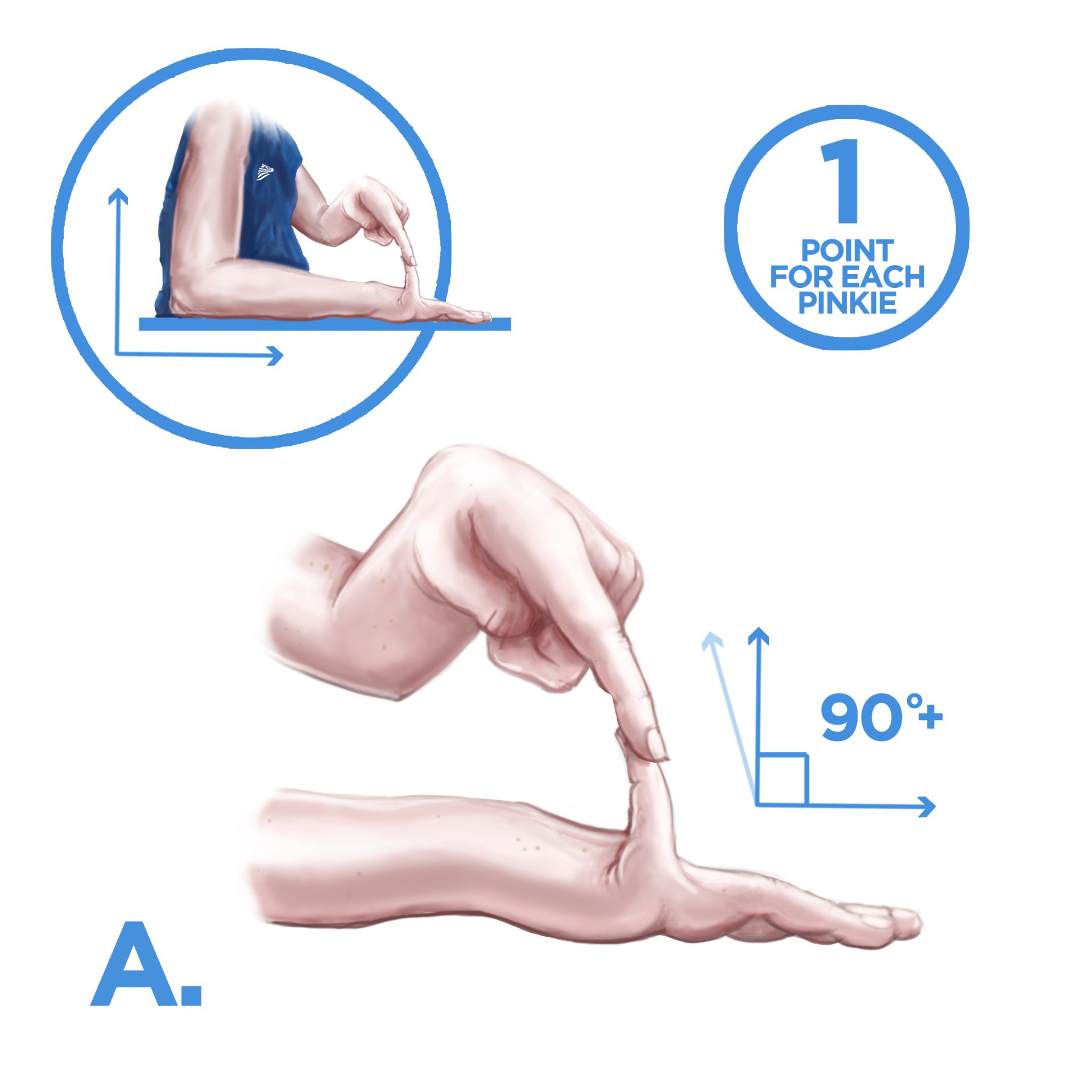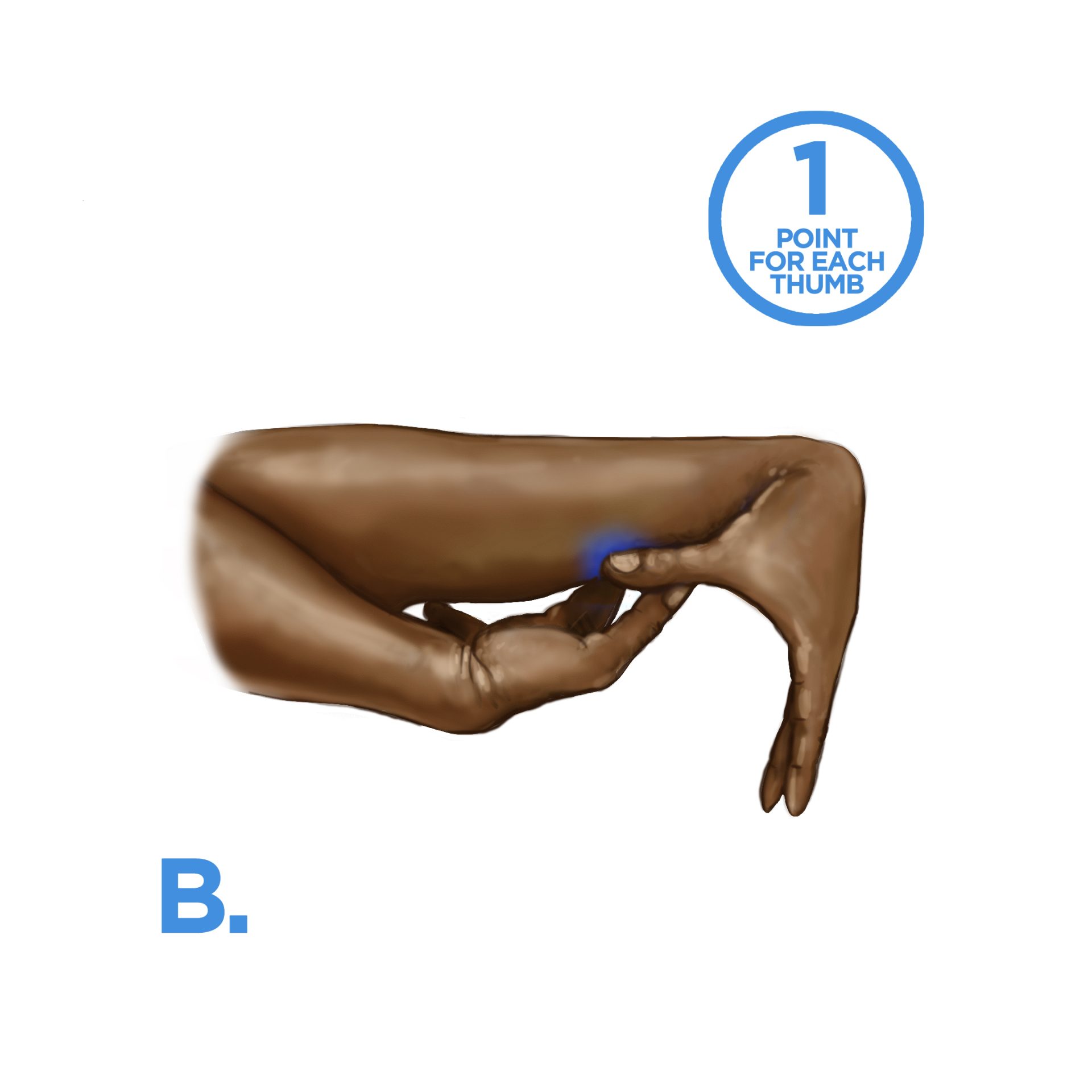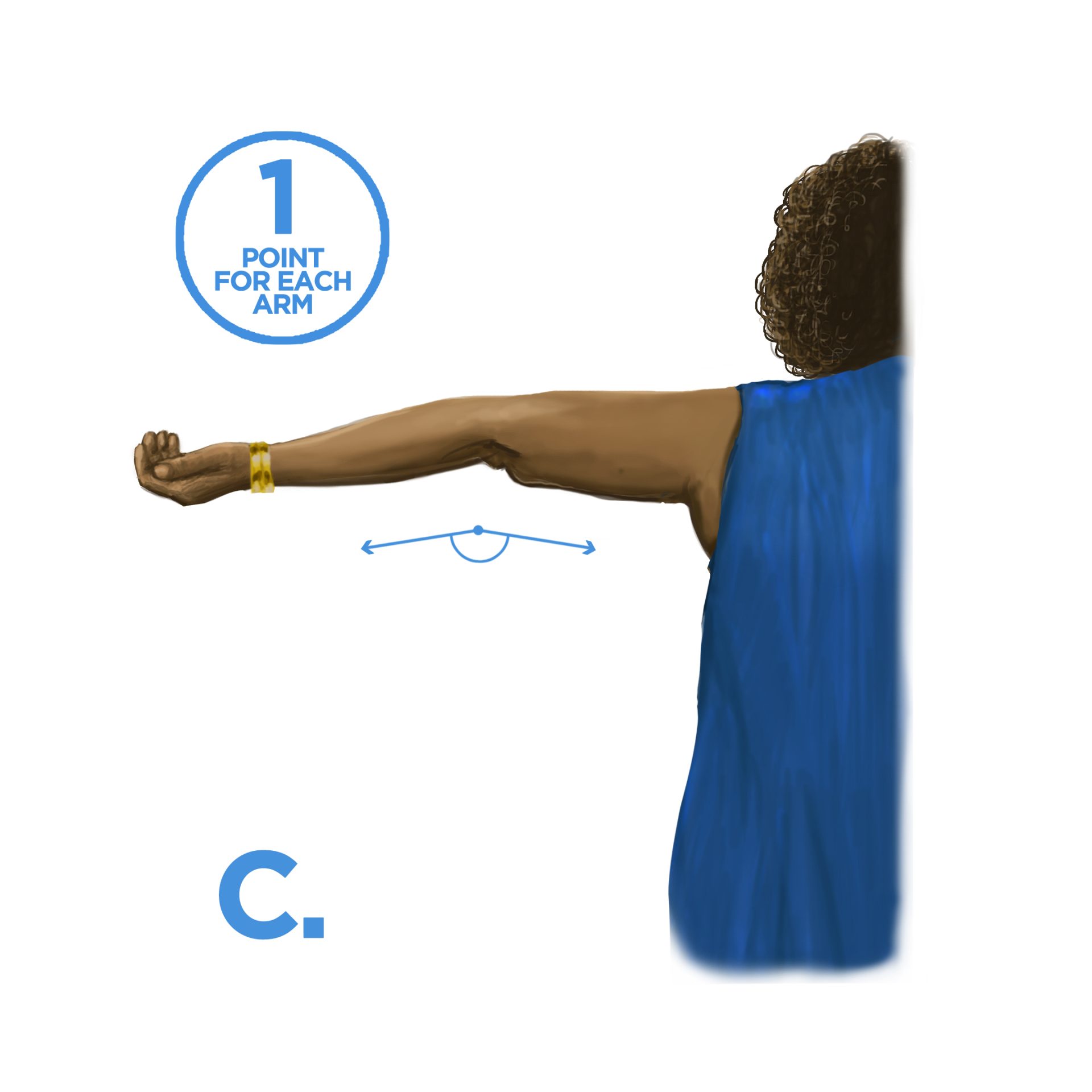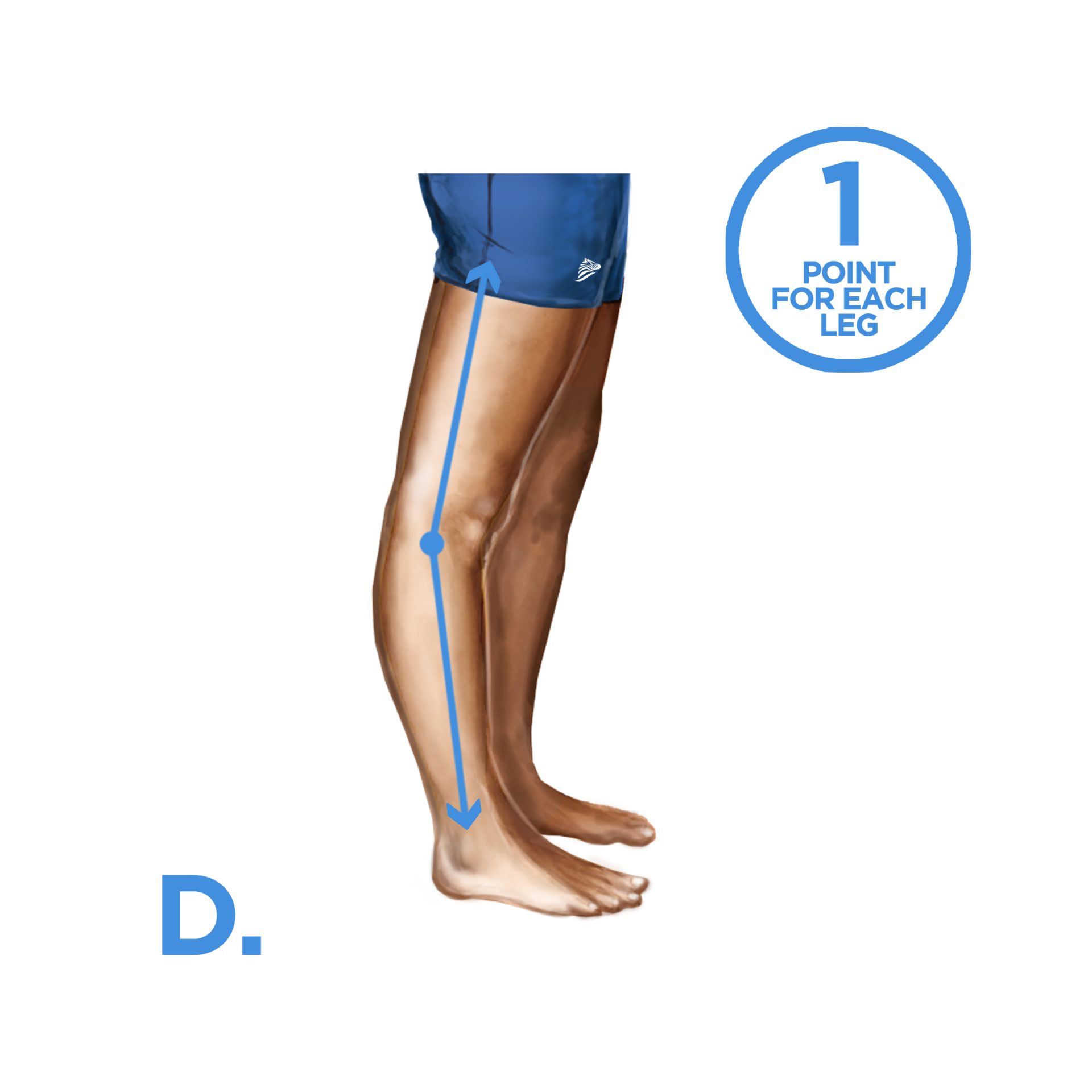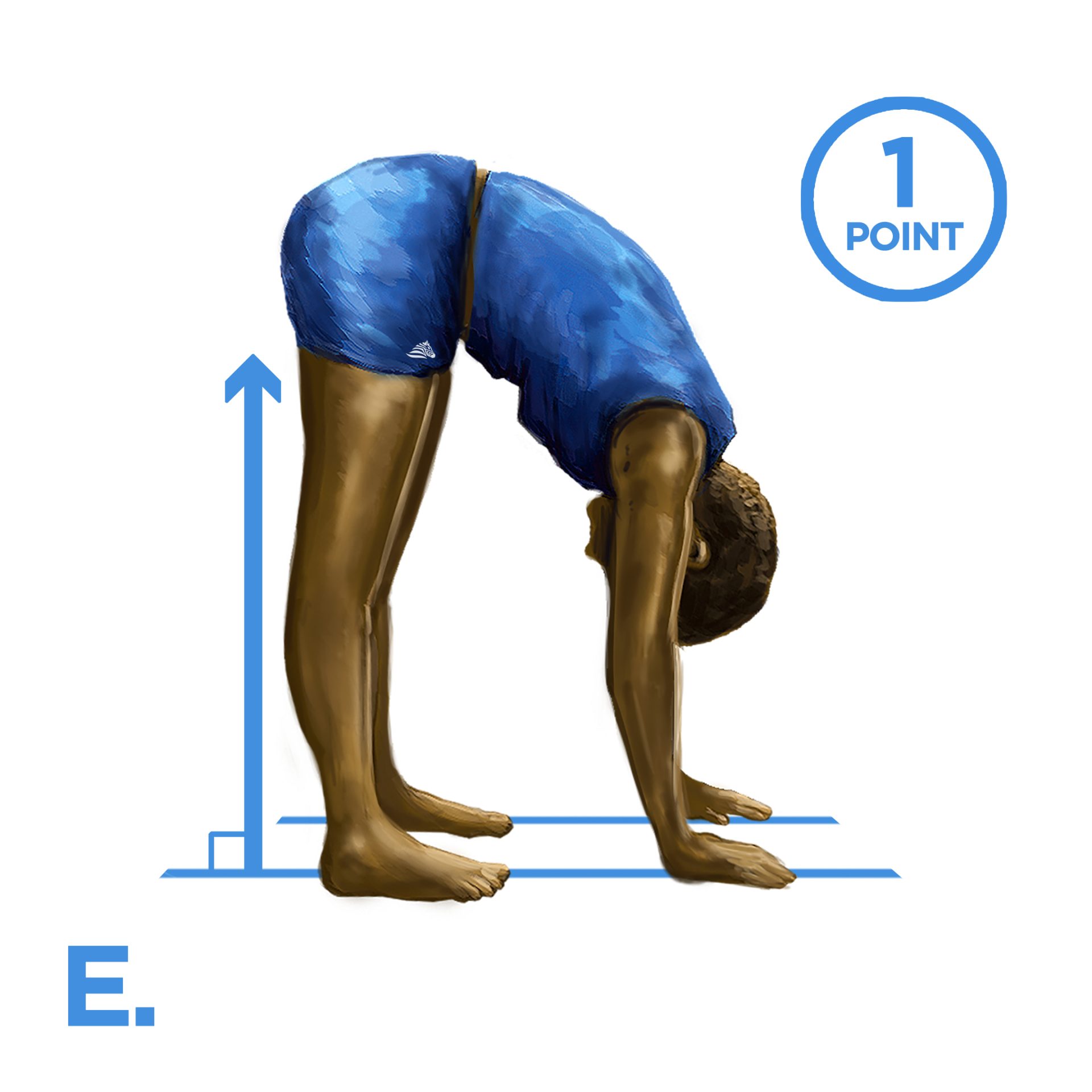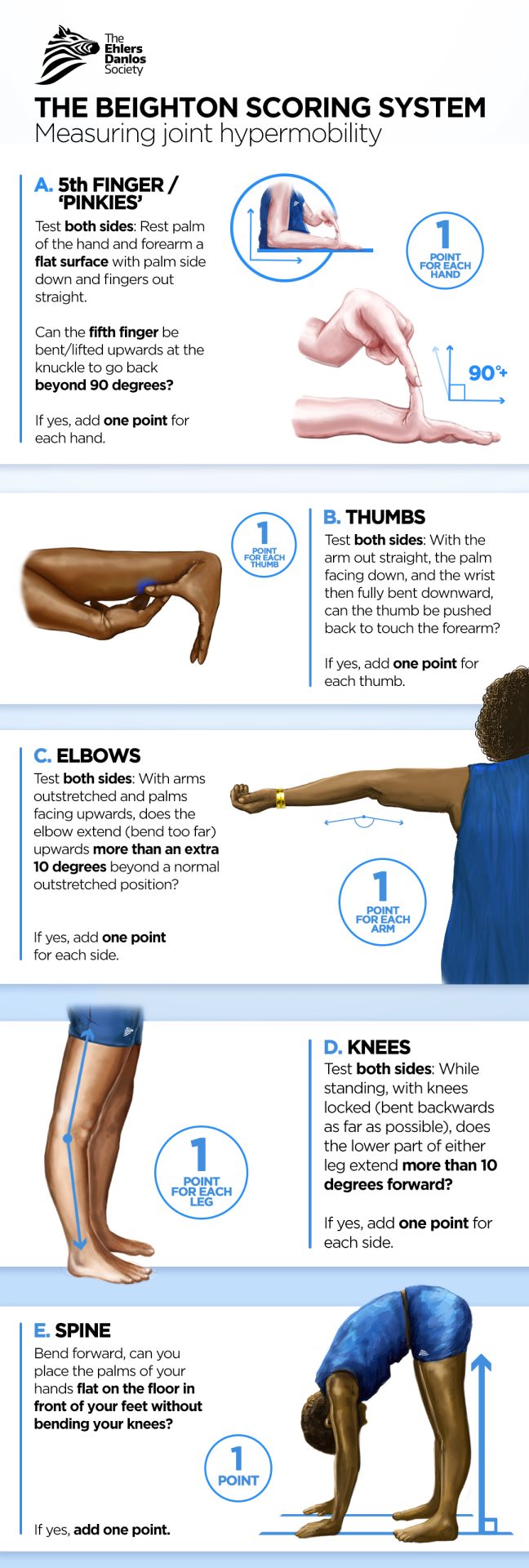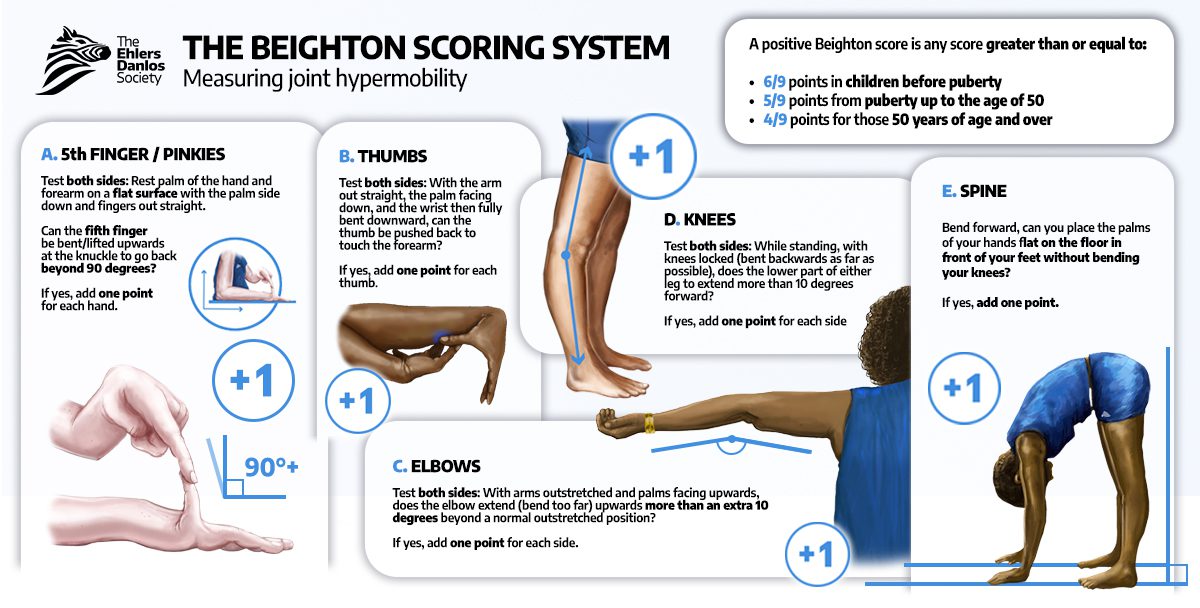Assessing Joint Hypermobility
THE BEIGHTON SCORING SYSTEM
The Beighton Scoring System measures joint hypermobility on a 9-point scale. The joints assessed are:
- Knuckle of both little/fifth/pinky fingers
- Base of both thumbs
- Elbows
- Knees
- Spine
Where applicable, range of movement is measured using a goniometer, an instrument that measures the joint angle.
A positive Beighton score is any score greater than or equal to 5/9 points in adults, 6/9 points in children (before puberty), and 4/9 points in adults over age 50.
The movements that make up the Beighton score are:
A. 5th FINGER/’PINKIES’
Test both sides: Rest palm of the hand and forearm a flat surface with palm side down and fingers out straight. Can the fifth finger be bent/lifted upwards at the knuckle to go back beyond 90 degrees? If yes, add one point for each hand.
B. THUMBS
Test both sides: With the arm out straight, the palm facing down, and the wrist then fully bent downward, can the thumb be pushed back to touch the forearm? If yes, add one point for each thumb.
C. ELBOWS
Test both sides: With arms outstretched and palms facing upwards, does the elbow extend (bend too far) upwards more than an extra 10 degrees beyond a normal outstretched position? If yes, add one point for each side.
D. KNEES
Test both sides: While standing, with knees locked (bent backwards as far as possible), does the lower part of either leg extend more than 10 degrees forward? If yes, add one point for each side.
E. SPINE
Can you bend forward and place the palms of your hands flat on the floor in front of your feet without bending your knees? If yes, add one point.
PLEASE NOTE: When reading about this in professional textbooks the formal language used is as follows:
(A) With the palm of the hand and forearm resting on a flat surface with the elbow flexed at 90°, if the metacarpal-phalangeal joint of the fifth finger can be hyperextended more than 90° with respect to the dorsum of the hand, it is considered positive, scoring 1 point.
(B) With arms outstretched forward but hand pronated, if the thumb can be passively moved to touch the ipsilateral forearm it is considered positive scoring 1 point.
(C) With the arms outstretched to the side and hand supine, if the elbow extends more than 10°, it is considered positive scoring 1 point.
(D) While standing, with knees locked in genu recurvatum, if the knee extends more than 10°, it is considered positive scoring 1 point.
(E) With knees locked straight and feet together, if the patient can bend forward to place the total palm of both hands flat on the floor just in front of the feet, it is considered positive scoring 1 point.
- Can you now [or could you ever] place your hands flat on the floor without bending your knees?
- Can you now [or could you ever] bend your thumb to touch your forearm?
- As a child, did you amuse your friends by contorting your body into strange shapes or could you do the splits?
- As a child or teenager, did your kneecap or shoulder dislocate on more than one occasion?
- Do you consider yourself “double-jointed”?
Answering yes to 2 or more of these questions suggests hypermobility (sense 85%, spec 90%)
The 5-part questionnaire was designed as a quick check to see if someone has or may have had hypermobility (Hakim and Grahame, 2003). It has been used in clinics and in research and has been translated for use in several languages and tested in several countries (Glans et al., 2020).
It was tested and designed as an alternative to the Beighton score. If you answer ‘yes’ to two or more of the questions, it strongly predicts a Beighton score of 4 or more, 4 being the cut-off point in criteria at the time the questionnaire was published.
There are two other tools that clinicians use in contemporary clinical practice and research. One assesses hypermobility in the arm (Nicholson and Chan, 2018), and the other hypermobility in the leg and foot (Ferrari et al., 2005 (children), Myer et al., 2017 (adults)).
These tools require a detailed examination of joints. In the arm this includes several ranges of motion at the shoulder, elbow, and wrist. In the leg this includes several ranges of movement at the hip, knee, ankle, heel, and toes.
Experts encourage clinicians to look more broadly than just testing the Beighton Score in a person presenting with local or widespread injuries and joint pain that they suspect may be related to hypermobility. However, while tools like the upper and lower limb assessments are important and helpful to the more expert clinician or researcher, they are complex and require skill. Most clinicians wishing to screen someone for hypermobility need quicker and more simple guidance.
Recently the hEDS/HSD Working Group of the International Consortium on Ehlers-Danlos syndromes and hypermobility spectrum disorders (IC-EDS and HSD, 2022) did an audit to determine which tests in the upper and lower limb tools most strongly suggest generalized joint hypermobility. Their findings are currently being studied in more detail. The aim is to determine whether adding specific extra tests (particularly ones that assess the shoulder, wrist, ankle, and toes) helps clinicians identify people with generalized hypermobility in ways that are better than only relying on the Beighton score.
Resources
Measurement Properties of Clinical Assessment Methods for Classifying Generalized Joint Hypermobility
A Framework for the Classification of Joint Hypermobility and Related Conditions
Beighton P, Solomon L, Soskolne CL (1973) Articular mobility in an African population. Ann Rheum Dis 32(5):413–418
Ferrari J, Parslow C, Lim E, Hayward A. Joint hypermobility: the use of a new assessment tool to measure lower limb hypermobility. Clin Exp Rheumatol. 2005 May-Jun;23(3):413-20. PMID: 15971435.
https://www.clinexprheumatol.org/abstract.asp?a=2612 (Free to download)
Glans, M., Humble, M.B., Elwin, M. et al. Self-rated joint hypermobility: the five-part questionnaire evaluated in a Swedish non-clinical adult population. BMC Musculoskelet Disord 21, 174 (2020). https://doi.org/10.1186/s12891-020-3067-1
Hakim AJ, Grahame R. A simple questionnaire to detect hypermobility: an adjunct to the assessment of patients with diffuse musculoskeletal pain. Int J Clin Pract. 2003;57:163–6.
International Consortium on Ehlers-Danlos syndromes and hypermobility spectrum disorders. (Accessed May 2022).
Meyer, K.J., Chan, C., Hopper, L. et al. Identifying lower limb specific and generalised joint hypermobility in adults: validation of the Lower Limb Assessment Score. BMC Musculoskelet Disord 18, 514 (2017). (Free to download)
Nicholson LL, Chan C. The Upper Limb Hypermobility Assessment Tool: A novel validated measure of adult joint mobility. Musculoskelet Sci Pract. 2018 Jun;35:38-45. doi: 10.1016/j.msksp.2018.02.006. Epub 2018 Feb 22. PMID: 29510315. (Purchase from the Journal required)
Downloadable Infographics
